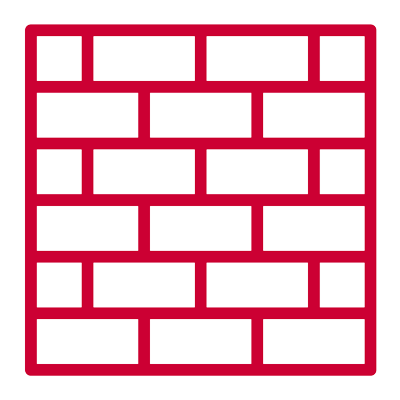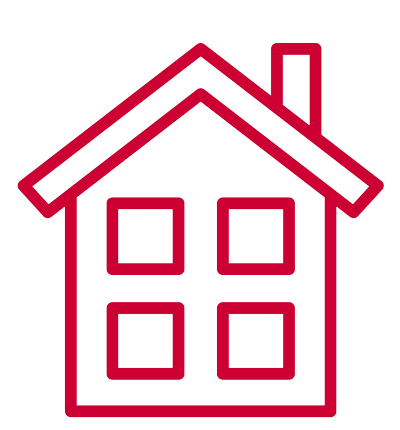.jpg?format=pjpg&auto=webp)
.jpg?format=pjpg&auto=webp)
The heart is a muscle that acts as a pump to send blood around your body. Blood then carries oxygen and other nutrients to keep your muscles and organs working properly. It also helps to take away waste and carbon dioxide.
Like any muscle, the heart needs its own blood supply. It gets this from the coronary arteries. These arteries sit on the heart’s surface.
About the size of your fist, your heart controls your heart rate and rhythm. Depending on how active you are, your heart beats about 60 to100 times per minute.
Think of your heart like a house. Like a house, your heart has:
All these parts in your heart work together to keep your body running smoothly:
 |
The walls of your heart are muscles that help your heart squeeze and pump blood. |
 |
There are four chambers in your heart:
|
 |
You have four valves in your heart that act like doors – opening and closing to control the flow of blood between chambers and blood vessels. They also make sure blood goes in the right direction and doesn’t go backwards. |
 |
Blood vessels (or “the plumbing”) carry oxygen-rich blood to your body, while taking away waste products and carbon dioxide. |
 |
Your heart has an electrical system that sends electrical signals to control the timing and coordination of your heart beats. |
Last updated01 July 2024